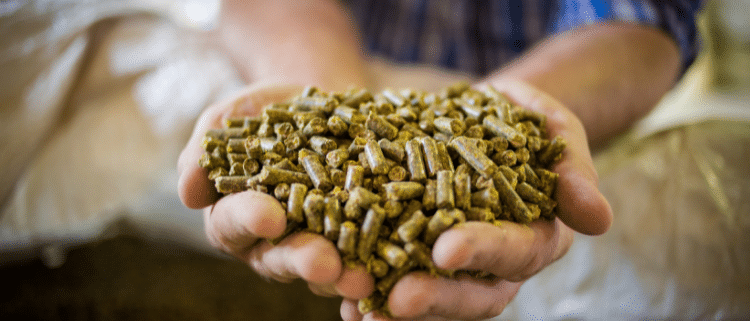Consumer perception of feed additives in animal feed
How can we manage the perception of feed additives effectively? Feed additives have become an essential component in animal feed for advanced farm animal nutrition strategies that consider consumer concerns on environmental impact, the use of antibiotic growth promotors, animal welfare and cost of animal protein. However, consumers are many times unaware of the positive impact feed additives are making for more sustainable production of healthy and affordable animal protein.
Perception of feed additives
Consumers often have a negative perception of feed additives used in livestock nutrition. The same is true for food additives used in food and beverages in human nutrition, which are also viewed with a high degree of skepticism, particularly if they sound chemical.
Food additives have been used for centuries to improve flavor, appearance, nutrition, freshness or texture in food and beverages. However, recent surveys carried out in the US have shown that the names of those ingredients or how they are described can make a big difference to whether a product is purchased or not.
For example, the survey found that consumers are more likely to seek out additives that are described as natural, when it comes to flavors, sweeteners, colors or preservatives. However, a greater proportion of survey participants would avoid food and beverages with the same additives if they are described as “artificial”. Unfamiliarity of terms used to describe food additives are also likely to cause concerns or avoidance.
Others have found that the acceptability of food additives was highly influenced by the perceived benefits and risk associated with them. Health benefits in particular have an impact on choosing food additives.
Importance of educating the consumer
The perception of what is good and what is healthy for consumers can lead to substantial challenges for the food industry, which carry through to the animal feed industry for obvious reasons. Educating the consumer about what is in their food is important, because consumer perception and trends can be very powerful.
The same is true for what is going into animal feed, as it is part of the food chain that leads to what eventually ends up on the plates of consumers. What consumers generally are also not aware of is that the rules and regulations regarding the evaluation of the safety and efficacy of feed additives are in many cases even stricter than those regarding food additives.
How are feed additives helping to tackle consumer concerns about animal protein production?
Feed additives are designed, according to regulatory definition, to improve the quality of feed and the quality of food from animal origin. The negative image of feed additives in the consumer’s perception is partly due to a lack of understanding of their function and benefits in animal nutrition and not knowing the diversity in feed additives that is available. Otherwise, the awareness that most of the feed additives are designed to reduce the concerns regarding livestock production would be far greater among consumers and reduce their reservations and skepticism about feed additives.
Here is a non-exhaustive list of the functions different feed additives fulfill in modern farm animal nutrition and their benefits related to key consumer concerns:
- Enhanced digestibility of feed materials – reduction in environmental impact
- Supporting the animal’s natural defense mechanisms – animal health and reduction in the need for antibiotic growth promotors
- Greater efficiency in nutrient utilization to reduce the cost of production – more affordable animal protein
- Supporting animal resilience – consistency in high animal wellbeing
Does how we describe and name feed additives matter?
Education that leads to a better understanding in the consumer of why feed additives are used in animal nutrition, their origin and overall benefits can certainly help to improve the image of feed additives among consumers.
Additionally, similarly to what was concluded regarding food additives, how we describe feed additives could also make a difference to whether they are perceived positively or negatively by the consumer.
Related articles
Pancosma feed additive categories do you know them all?
IFIC Survey: From “Chemical-sounding” to “Clean”: Consumer perspectives on food ingredients
The consumer’s perception of food additives: Influences on acceptance, risk and benefit perceptions



